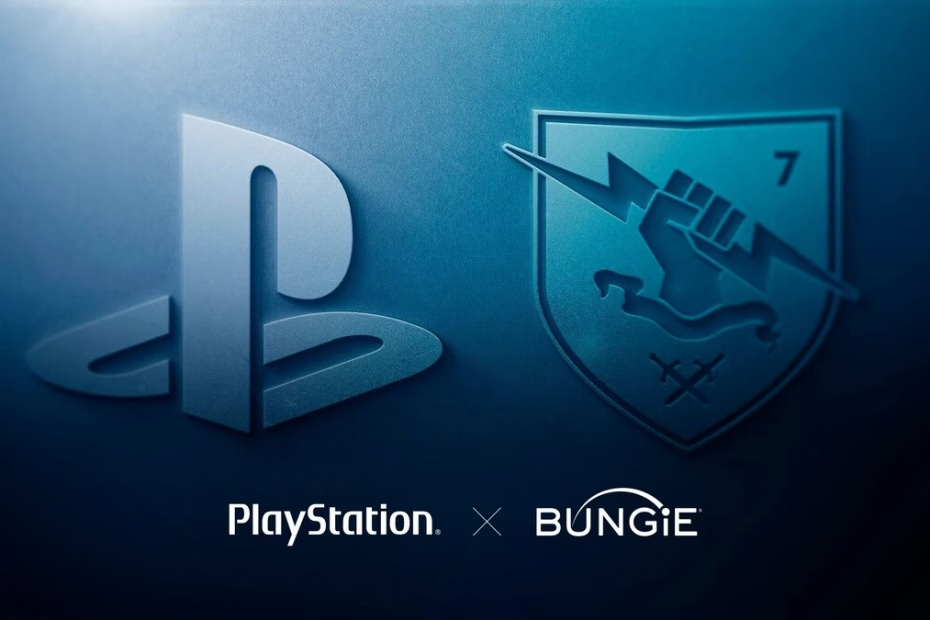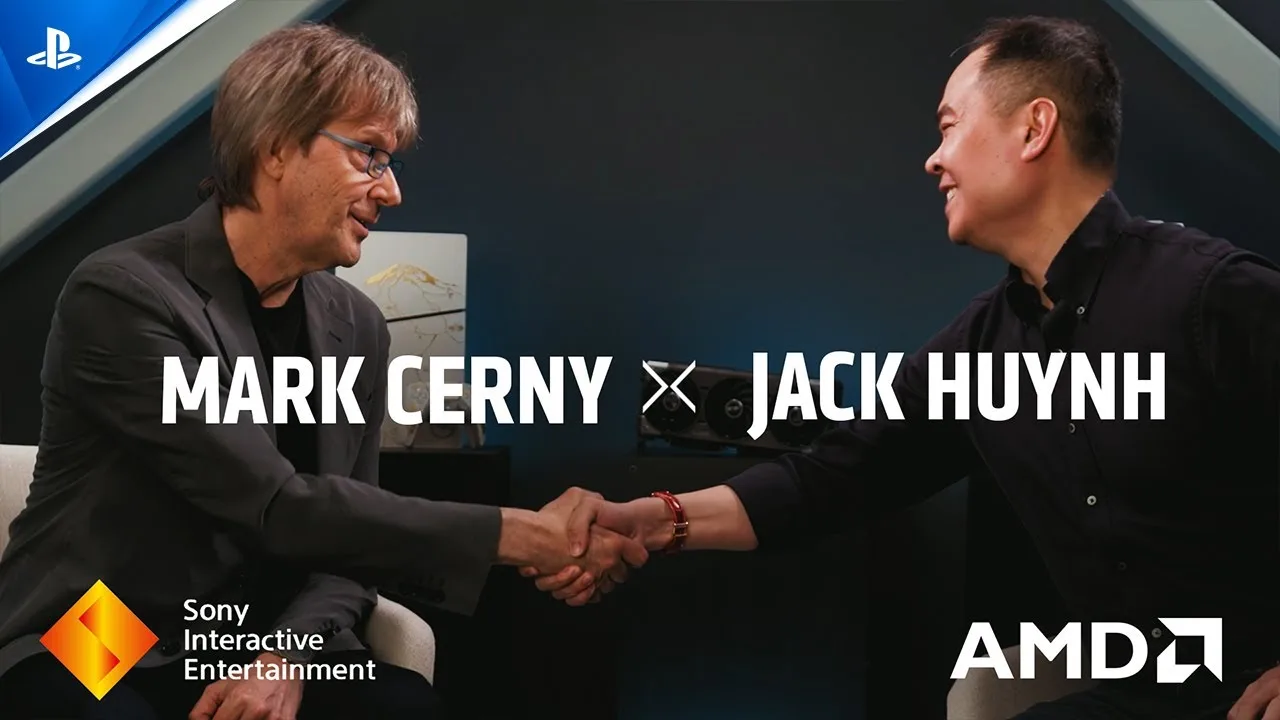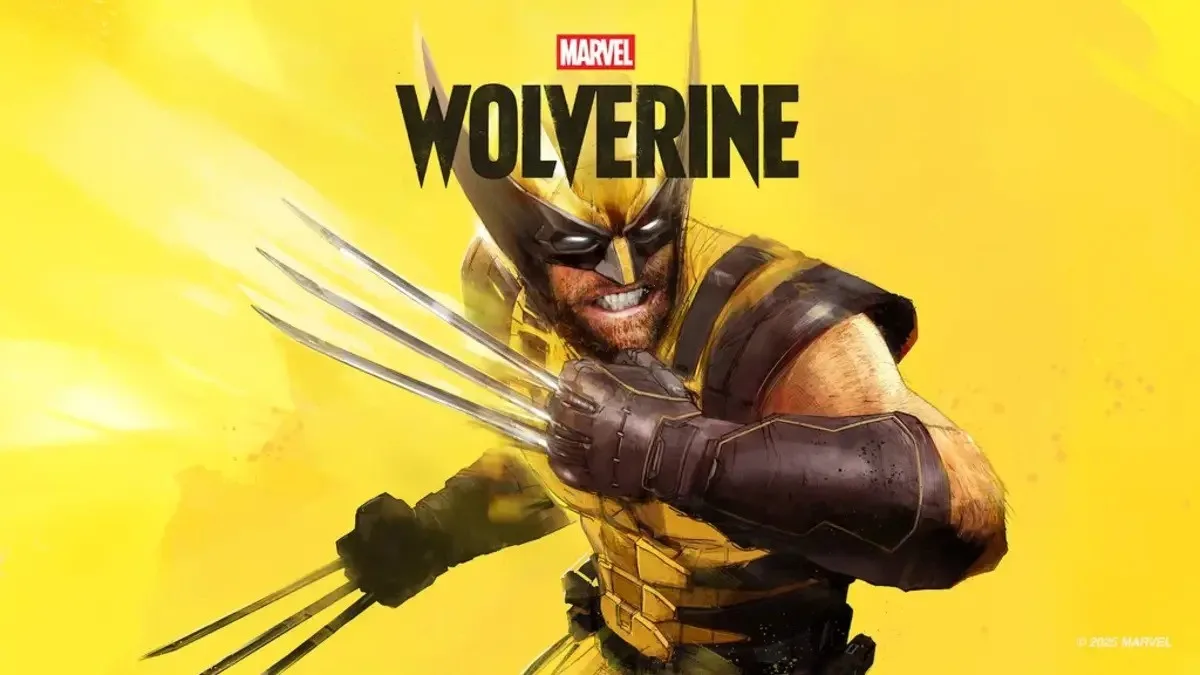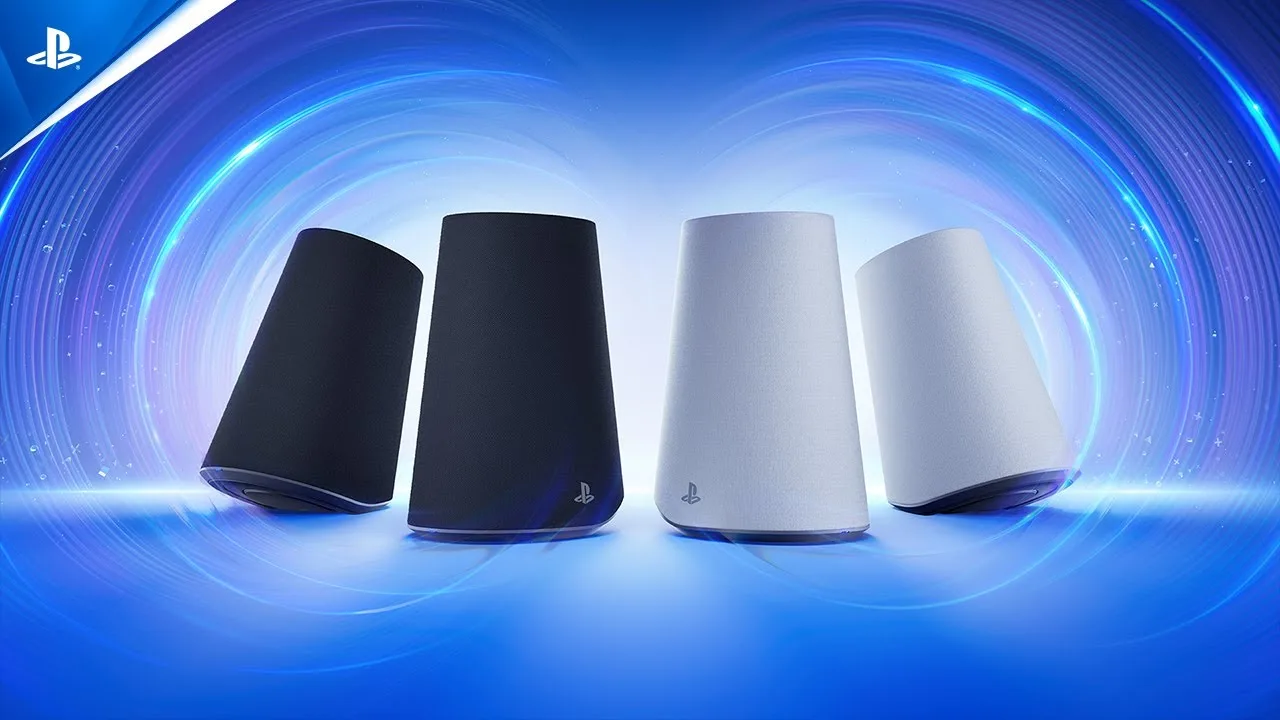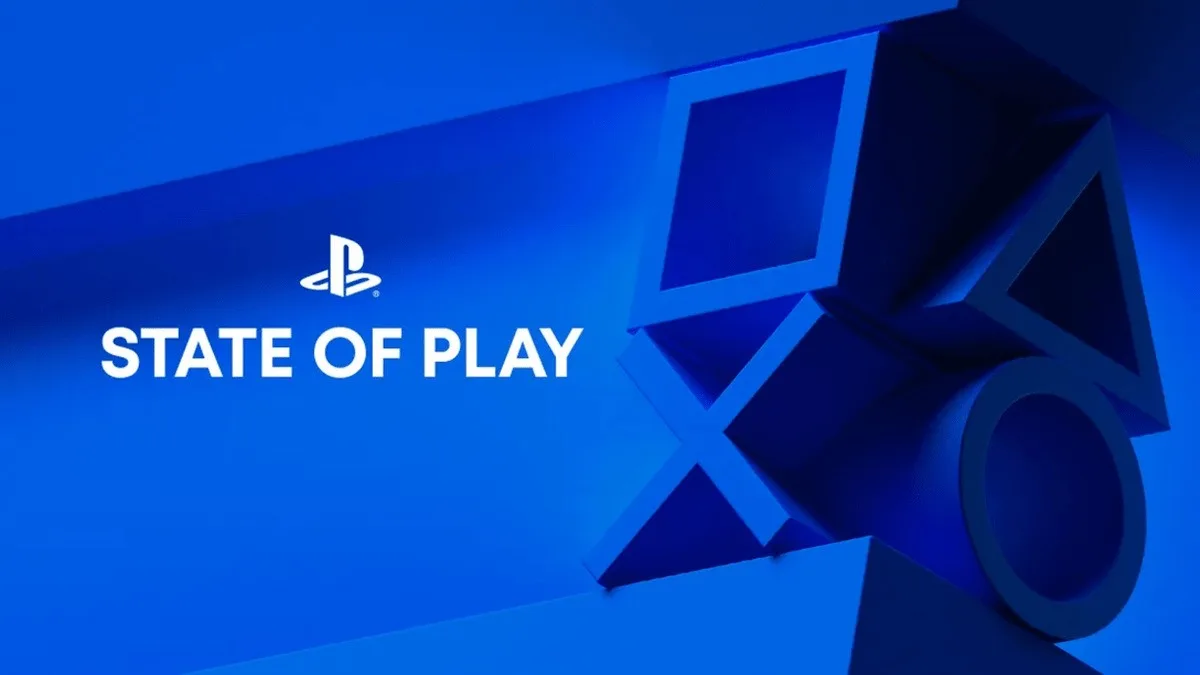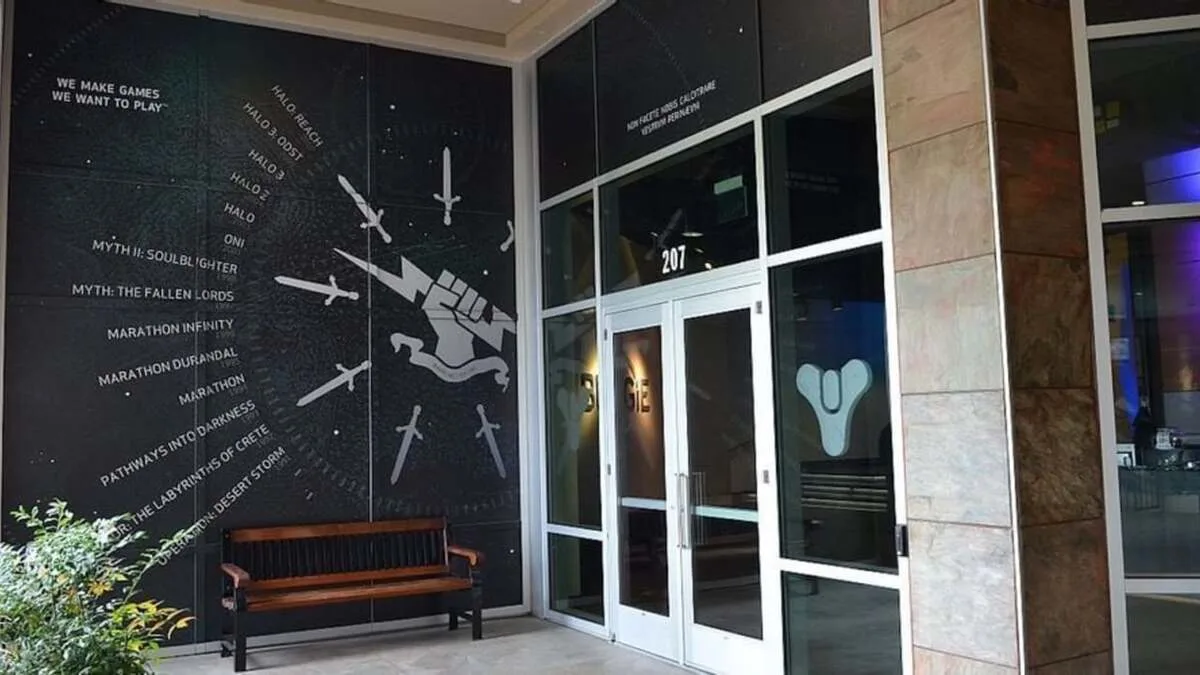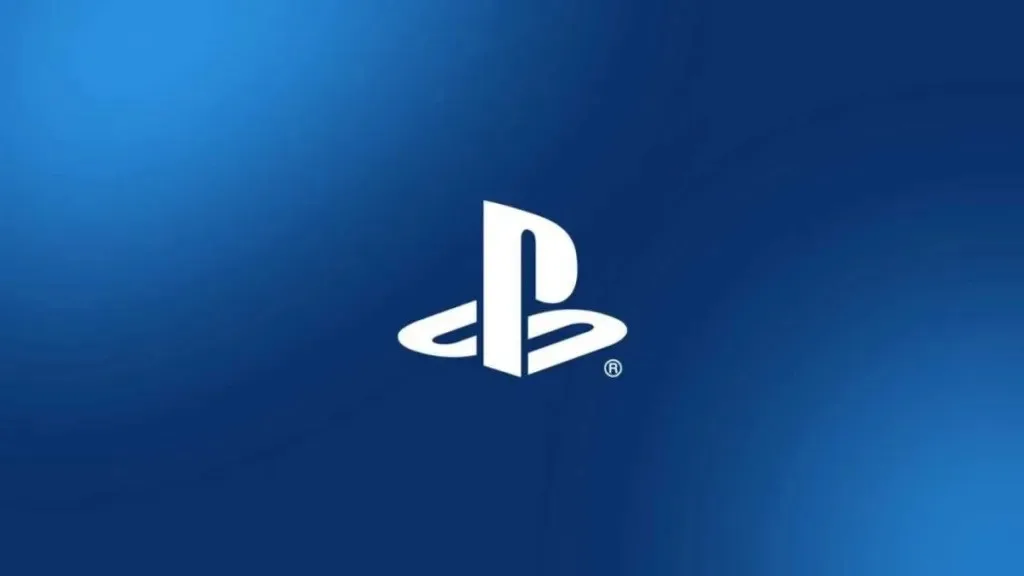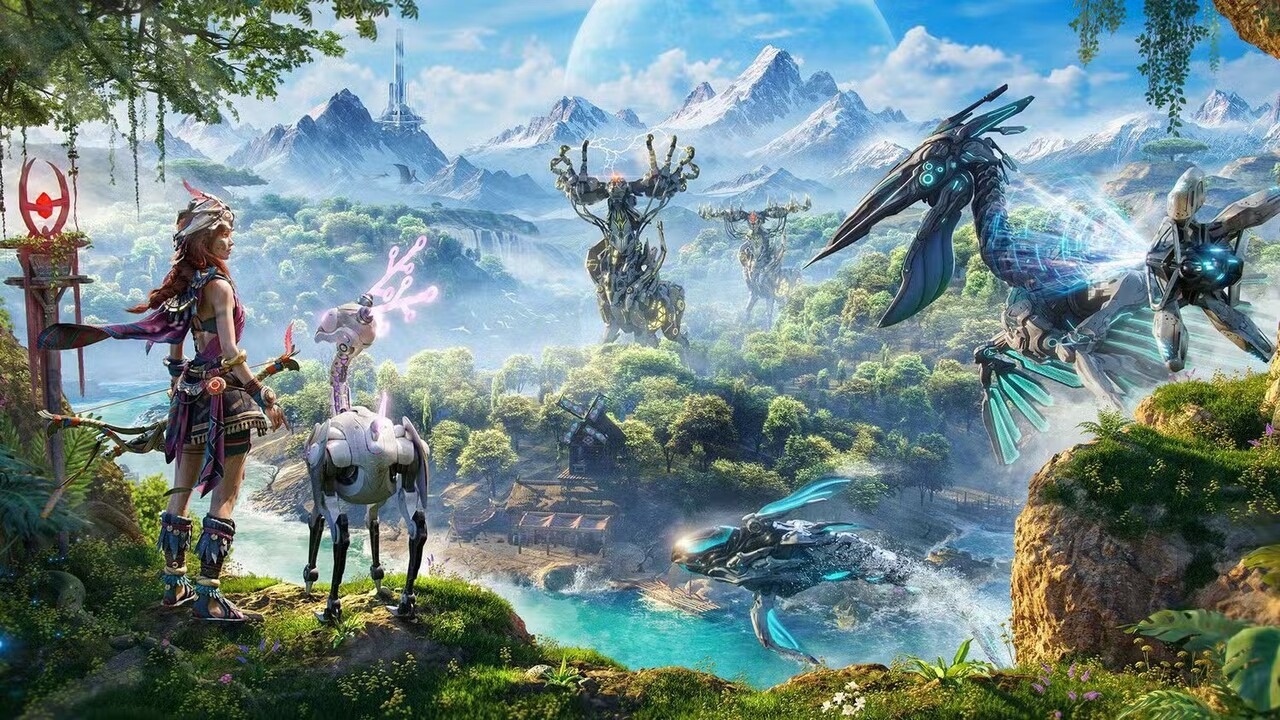
Playstation to launch it’s 1st ever Gaming Monitor
PlayStation has unveiled its first-ever 27-inch gaming monitor, designed specifically for desktop PS5 play, blending premium visuals, smooth performance, and thoughtful features like a built-in DualSense charging hook. Launching in 2026 in the U.S. and… Playstation to launch it’s 1st ever Gaming Monitor
